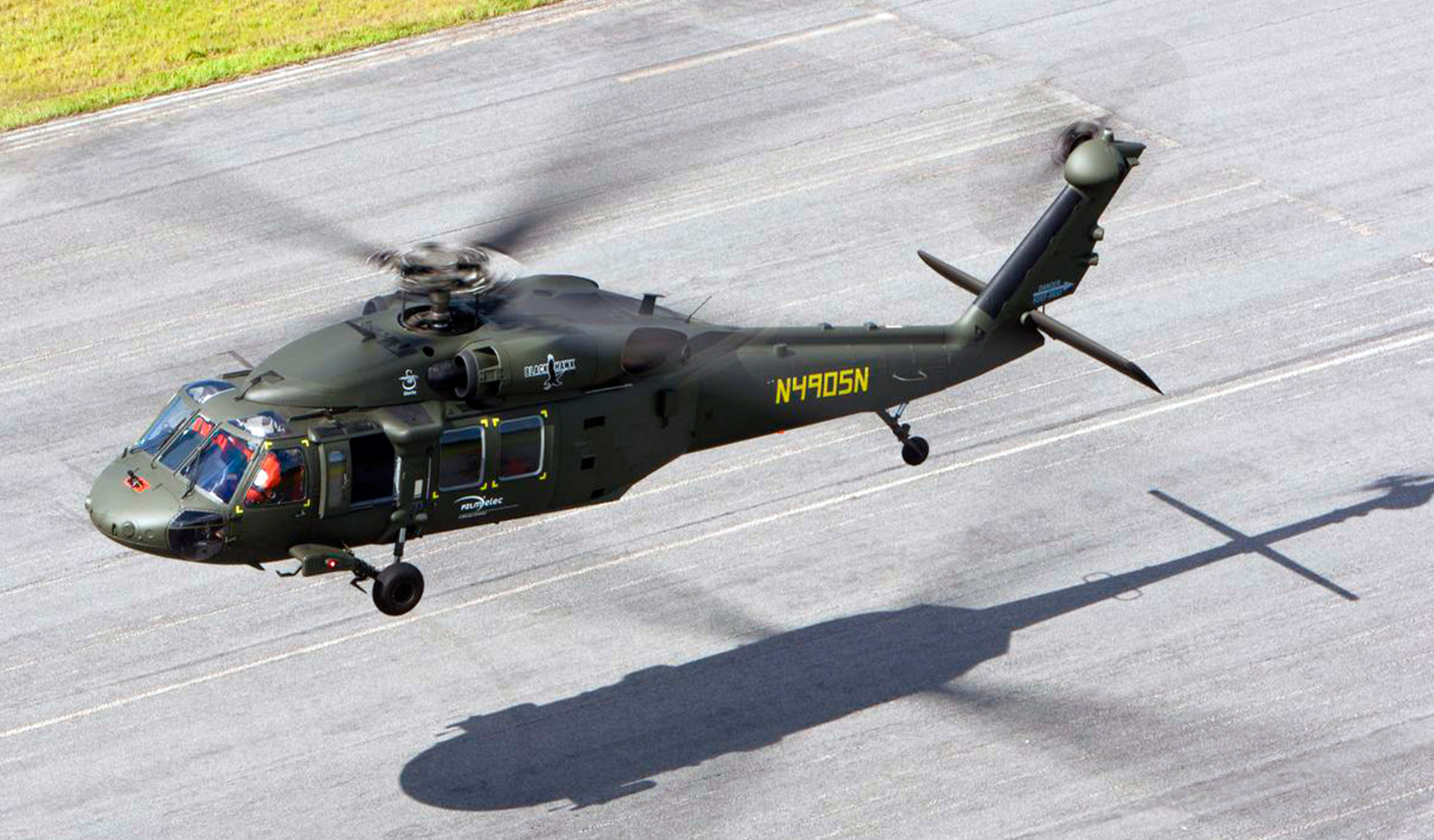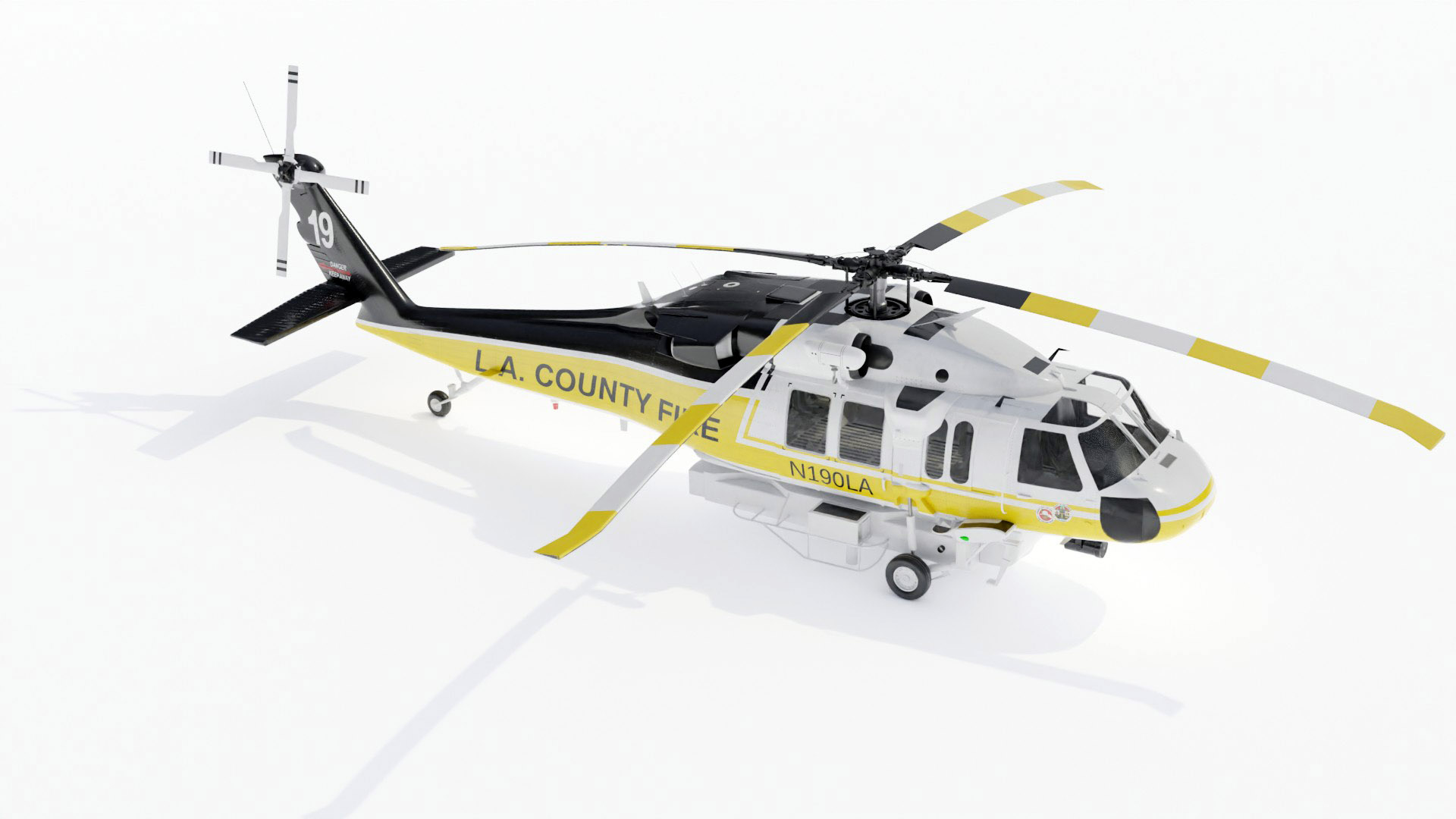The Sikorsky S 70 Helicopter: A Deep Dive into Its Style and Efficiency
The Sikorsky S 70 Helicopter: A Deep Dive into Its Style and Efficiency
Blog Article
High-Performance Multi-Role Rotorcraft Featuring Advanced Cockpit Technologies and Integrated Sensor Systems
The world of rotorcraft innovation has seen significant developments in recent times, especially in the world of high-performance multi-role rotorcraft furnished with sophisticated cabin innovations and seamlessly integrated sensing unit systems. These developments have not just increased the operational capacities of rotorcraft however have also considerably impacted modern aeronautics procedures on various fronts. From boosted objective flexibility to improved functional effectiveness, the convergence of sophisticated cockpit innovations and integrated sensing unit systems has actually introduced a new period of possibilities for rotorcraft applications. In the following discussion, we will certainly check out the evolution of rotorcraft innovation, look into the realm of innovative cabin advancements, and analyze the implications of incorporated sensor systems on the functional flexibility and efficiency of modern-day rotorcraft.
Advancement of Rotorcraft Innovation
The evolution of rotorcraft technology has been marked by significant developments in aerodynamics, materials, and propulsion systems, forming the capacities and performance of modern rotorcraft. Additionally, innovations in propulsion systems, including extra powerful engines and innovative propulsion innovations, have enabled rotorcraft to attain greater elevations, faster rates, and higher payloads.
These advancements have not only changed the abilities of rotorcraft but have actually likewise broadened their applications across numerous industries, consisting of army, commercial, and emergency services. The continual development of rotorcraft modern technology remains to drive advancement in the field, pressing the limits of what is possible and forming the future of vertical trip.
Advanced Cabin Innovations
Building upon the foundational innovations in aerodynamics, materials, and propulsion systems, the world of rotorcraft innovation now changes focus towards introducing Advanced Cockpit Innovations. The integration of advanced modern technologies within the cockpit setting plays a vital function in boosting the operational abilities, safety, and efficiency of contemporary rotorcraft. sikorsky s 70. Advanced Cabin Innovations encompass a vast range of functions developed to provide pilots with enhanced situational understanding, structured data management, and user-friendly control interfaces
One of the vital improvements in cabin design is the application of glass cockpits, which replace typical analog gauges with high-resolution display screens. These digital systems supply customizable layouts, real-time information integration, and enhanced readability, making it possible for pilots to access essential info at a glimpse. Advanced avionics systems, such as fly-by-wire controls and augmented reality screens, are revolutionizing just how pilots interact with the aircraft, enabling for exact control and boosted decision-making abilities.


Including advanced cockpit technologies not just improves pilot efficiency yet additionally adds to total objective effectiveness and safety and security in complicated functional environments. By leveraging advanced technologies within the cockpit, rotorcraft makers are establishing brand-new standards for operational excellence and mission success.
Integrated Sensing Unit Solutions
With the evolution of rotorcraft innovation, the assimilation of advanced Integrated Sensor Equipment has actually come to be paramount in enhancing functional efficiency and security. These Integrated Sensing unit Equipments incorporate a broad range of modern technologies that provide vital information for numerous features such as navigation, surveillance, targeting, and ecological tracking. By perfectly incorporating sensors like radars, cameras, lidar, and infrared systems into rotorcraft, drivers can profit from improved situational understanding, boosted goal capabilities, and lowered pilot workload.
One secret benefit of Integrated Sensing unit Systems is their capability to gather Web Site real-time data and provide actionable insights to pilots and objective operators. Progressed radar systems can identify and track targets over long ranges, permitting for very helpful resources early risk detection and efficient action planning. In addition, incorporating infrared and electro-optical cams allows rotorcraft to perform reconnaissance and surveillance goals with accuracy and precision.
In essence, the integration of cutting-edge sensing unit modern technologies right into rotorcraft not only enhances functional effectiveness yet likewise adds substantially to total goal success and crew safety and security. As rotorcraft proceed to advance, the duty of Integrated Sensing unit Equipment will definitely stay at the leading edge of development in the aerospace market.
Functional Flexibility and Efficiency
Enhancing operational convenience and efficiency in rotorcraft is an all-natural development from the integration of sophisticated Integrated Sensor Systems. By leveraging the information and understandings supplied by these innovative sensor systems, rotorcraft can enhance their performance across numerous objectives and environments.
Operational versatility incorporates the capability of rotorcraft to adjust to various functions and scenarios successfully. With advanced cockpit technologies and integrated sensing unit systems, rotorcraft can perfectly shift in between tasks such as search and rescue, clinical discharge, monitoring, and extra. This versatility boosts the rotorcraft's ability to meet diverse functional needs without needing comprehensive reconfiguration.
Performance in rotorcraft operations is essential for optimizing mission effectiveness and source usage. Integrated sensing unit systems play a pivotal role in boosting operational effectiveness by giving real-time information on weather, terrain mapping, target tracking, and a lot more. This information allows pilots to make educated choices swiftly, enhance flight paths, preserve gas, and boost general mission efficiency.
Effect on Modern Aeronautics Procedures

Additionally, the integration of sophisticated sensing units promotes enhanced objective preparation and execution, enabling rotorcraft to execute a wide variety of jobs with improved accuracy. From search and rescue operations to airborne firefighting and police goals, the capacities of modern-day rotorcraft geared up with sophisticated cabin technologies and incorporated sensing unit systems are unrivaled.
Moreover, the effect of these innovations extends beyond functional performance to cost-effectiveness and sustainability. By optimizing trip courses, gas usage, and upkeep timetables, high-performance rotorcraft geared up with sophisticated cockpit technologies and sensors add to lowering functional costs and environmental effect, making them crucial assets in modern air travel procedures.
Verdict
To conclude, the high-performance multi-role rotorcraft with advanced cabin innovations and integrated sensing unit systems stands for a considerable advancement in aviation technology. These developments improve operational convenience and effectiveness, eventually affecting modern aviation operations in a positive way. The assimilation of these advanced innovations permits for enhanced capacities and performance in various goal circumstances, showcasing the continued improvement of rotorcraft modern technology in the aeronautics sector.
The world of rotorcraft innovation has seen noteworthy developments in recent times, particularly in the world of high-performance multi-role rotorcraft furnished with cutting-edge cabin modern technologies and effortlessly integrated sensor systems. From enhanced goal adaptability to improved operational efficiency, the convergence of advanced cabin technologies and integrated sensing unit systems has actually ushered in a new era of possibilities for rotorcraft applications. In the adhering to conversation, we will certainly check out the development of rotorcraft technology, dive into the realm of advanced cabin advancements, and analyze the implications of integrated sensor systems on the operational convenience and performance of contemporary rotorcraft.

Report this page